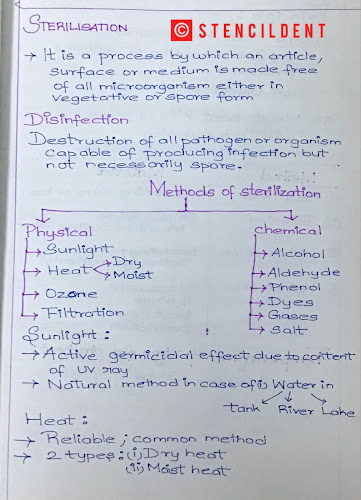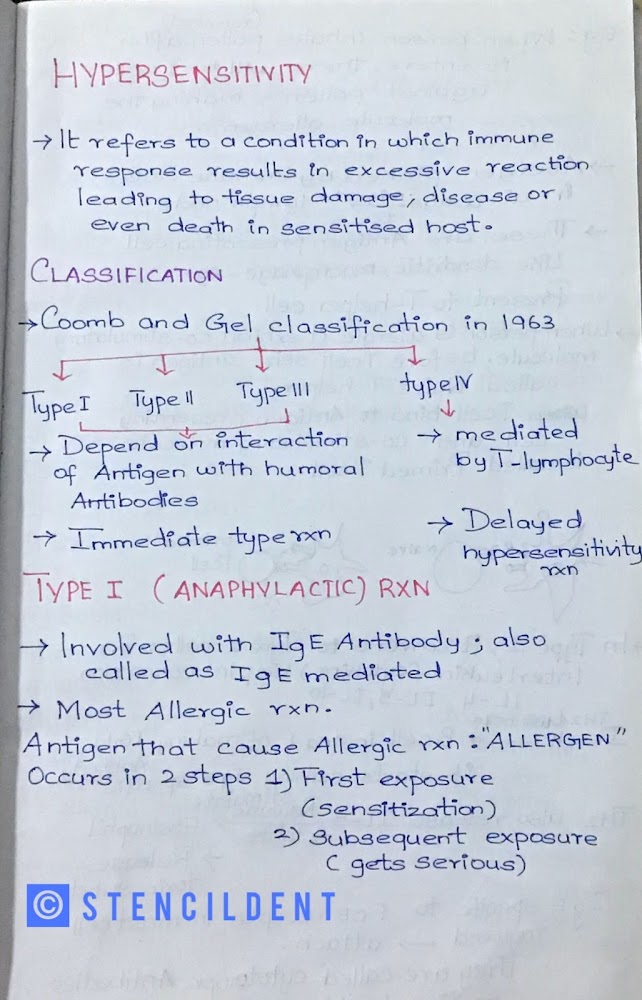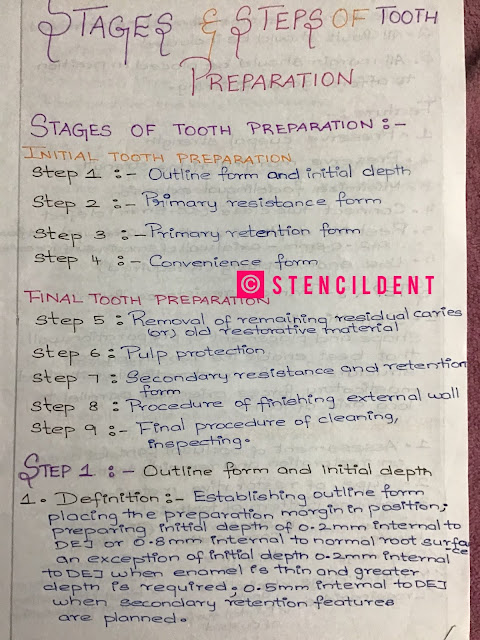LOCAL ANAESTHETICS- PHARMACOLOGY NOTES
LOCAL ANAESTHETICS
- Drugs that block peripheral nervous tissue when applied locally to nerve tissue in appropriate concentration,without loss of consciousness
CLASSIFICATION:
A) INJECTABLE :
SHORT ACTING :
- Procaine
- Chloroprocaine
INTERMEDIATE ACTING
- Lignocaine
- Prilocaine
LONG ACTING
- Bupivacaine
- Ropivacaine
- tetracaine
B) SURFACE ANAESTHETIC:
- Lignocaine
- Cocaine
- Tetracaine
MECHANISM OF ACTION :
- Primary mechanism of action: blockade of voltage gated sodium channel
- local anaesthesia diffuse through cell membrane to bind the voltage sensitive sodium channel to prevent generation of action potential and conduction
DIFFERENTIAL BLOCKADE:
1)Autonomic (1st blocked )followed by sensory fibres,pain temperature ,touch ,pressure,vibration
- Non myelinated fibres are blocked readily than myelinated
FEATURES OF LOCAL ANAESTHETICS:
1) It should have quick onset of action
2)It should not be irritating to skin and mucous membrane
3)Duration of action must be long enough to allow desired surgery to be completed
4)Should be effective on both injection and local application
5)Should have low systemic toxicity
6)Should not cause any permanent damage on any tissue
7) Should be relatively free from producing allergic reaction
8)Should be stable in solution and readily undergo biotransformation
WHY ADRENALINE OR PHENYLEPHRINE IS ADDED TO LOCAL ANESTHETICS?
1)Prolong duration of action of local anaesthetics by slowing rate of absorption from the site of administration
2)Reduce systemic toxicity
ROUTE OF ADMINISTRATION:
1)SURFACE ANAESTHESIA:
- Application of local anaesthetics to nose,mouth,throat,esophagus
- Used to relieve itching,burning
2)INFILTRATION ANAESTHETICS:
- Primarily used for surgical procedure
- Mix with adrenaline to prolong the action
3)CONDUCTION BLOCK:
- FIELD BLOCK: Nerve coming to particular field blocked
NERVE BLOCK:
- Local anaesthesia injected around nerve that leads to operative site
4)EPIDURAL
5)SPINAL
LIGNOCAINE
- Fast ,long acting
- Last for :30-45 minutes
- Effect-2-5 minutes
USES :
- Nerve block
- Infiltration
ADVERSE EFFECT:
- Drowsiness
- Mental clouding
- Irritation
COCAINE
- SOURCE :Erythroxylon Coca
- CHEMISTRY :ester
- SURFACE ANAESTHETIC
- Abuse potential since centuries
LIGNOCAINE
- CHEMISTRY:amide
- Surface anaesthetic
- Allergy less common
- Most commonly used
FACTORS AFFECTING LOCAL ANAESTHETIC ACTION:
1)ph : Active in alkaline
2)DIFFUSIBILITY: Decreases time of onset
VASO CONSTRICTOR:
- Prolong duration of action
- Reduce systemic toxicity
- Enhance intensity of nerve block
ORDER OF SENSORY FUNCTION BLOCK;
1)PAIN
2)TEMPERATURE
3)WARMTH
4)TOUCH
5)DEEP PRESSURE
6)MOTOR
- Recovery in reverse order
SYSTEMIC TOXICITIES:
CENTRAL NERVOUS SYSTEM :
- EXCITEMENT :tremor,shivering
- DEPRESSION -respiratory depression at high dose
CARDIOVASCULAR SYSTEM :
- Peripheral vascular dilation
HYPERSENSITIVITY :
- Some are allergic to some local anesthetics
- Careful patient history should be taken
PHARMACOKINETICS:
- Rate of absorption depends on the blood flow to the area of application
- Soluble surface anaesthetics are rapidly absorbed from mucous membrane
PRECAUTION AND INTERACTION:
- Aspirate lightly avoid intravenously
- Inject local anaesthesia slowly ,do not exceed maximum safe limit
- Propranolol may reduce metabolism of lidocaine reducing hepatic blood flow








Great post — thanks for sharing these clear and concise pharmacology notes on local anaesthetics! 🌟 Your breakdown of classification, mechanism of action and practical uses makes complex concepts much easier to understand. As someone always searching for reliable medical content (just like I’d look for a top fibroid doctor when required), your post stands out as trustworthy and well-organized.
ReplyDelete